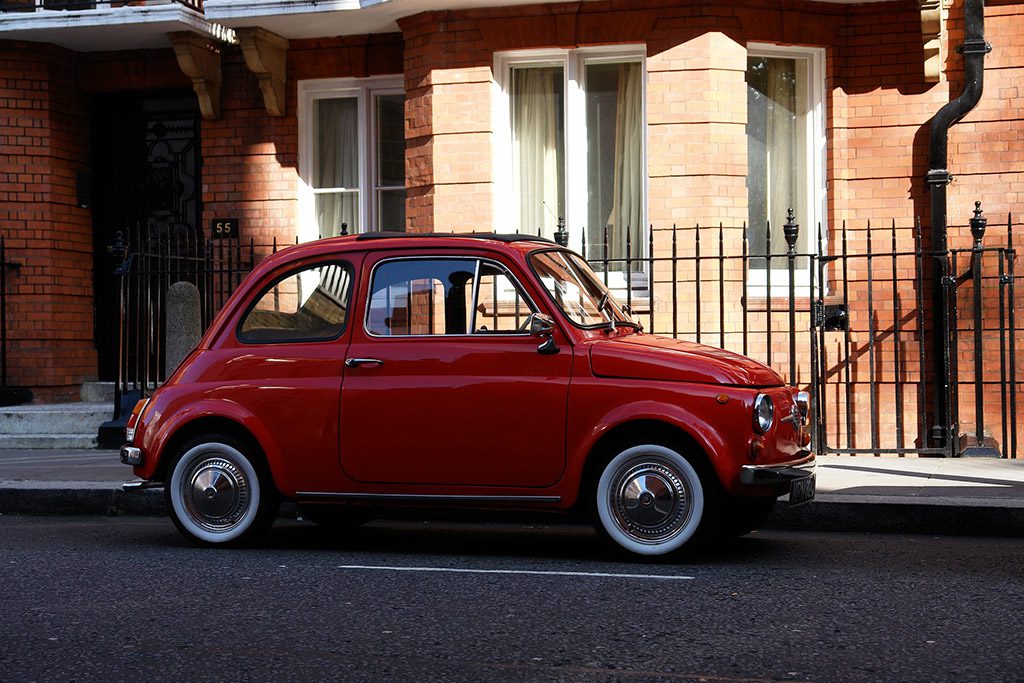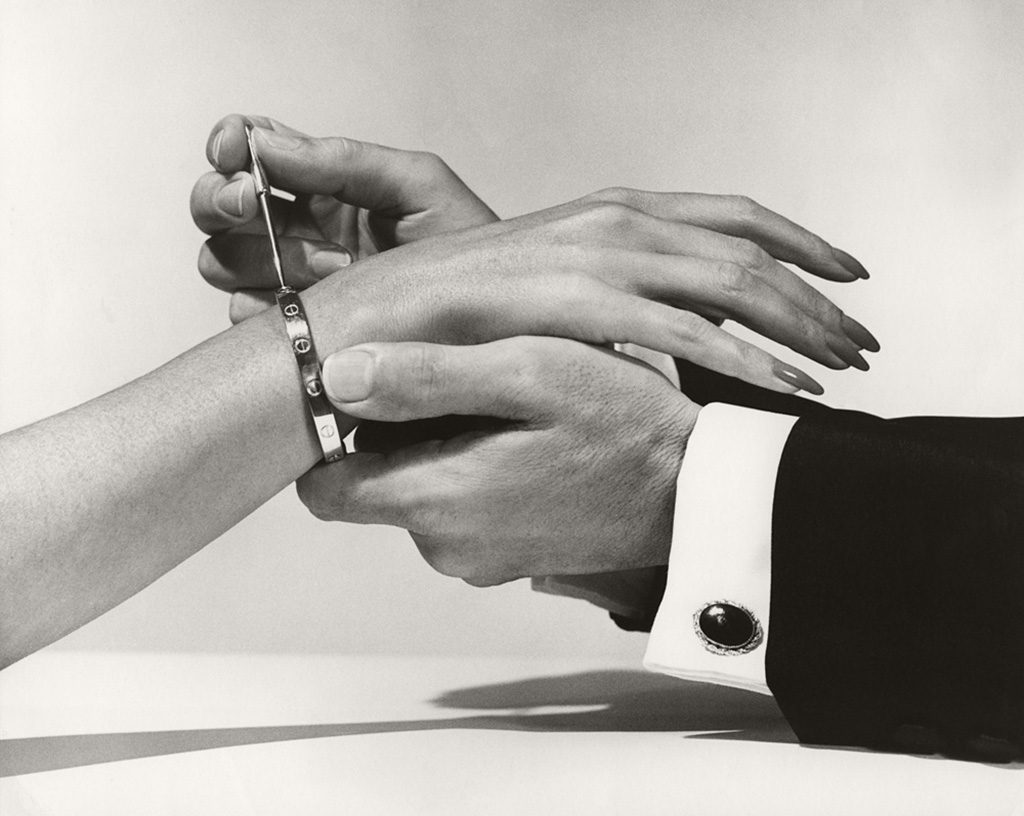The New Fiat 500 also known as the ‘ cinquino‘, to distinguish it from the first 500 of 1936 called the ‘Topolino‘, was born from the pencil of Dante Giacosa (1905- 1996).
Dante Giacosa, engineer of the New Fiat 500
Italian engineer and designer, Giacosa is considered one of the masters of the national motoring school and the one who first contributed to satisfying Italians’ growing need for mobility in the years of the economic boom.
Only two years had passed since the release of the New Fiat 600, and the launch of a similar model had seemed senseless to many, as it was thought that it would end up competing with the other.
A new perception of the territory
Instead, the launch of the New Fiat 500 on 4 July 1957 reinforced the concept of change related to Italians’ use and perception of the territory. The increasingly massive circulation of the New Fiat 500, alongside the more modest 600, also triggered a development of infrastructure and related economic activities.
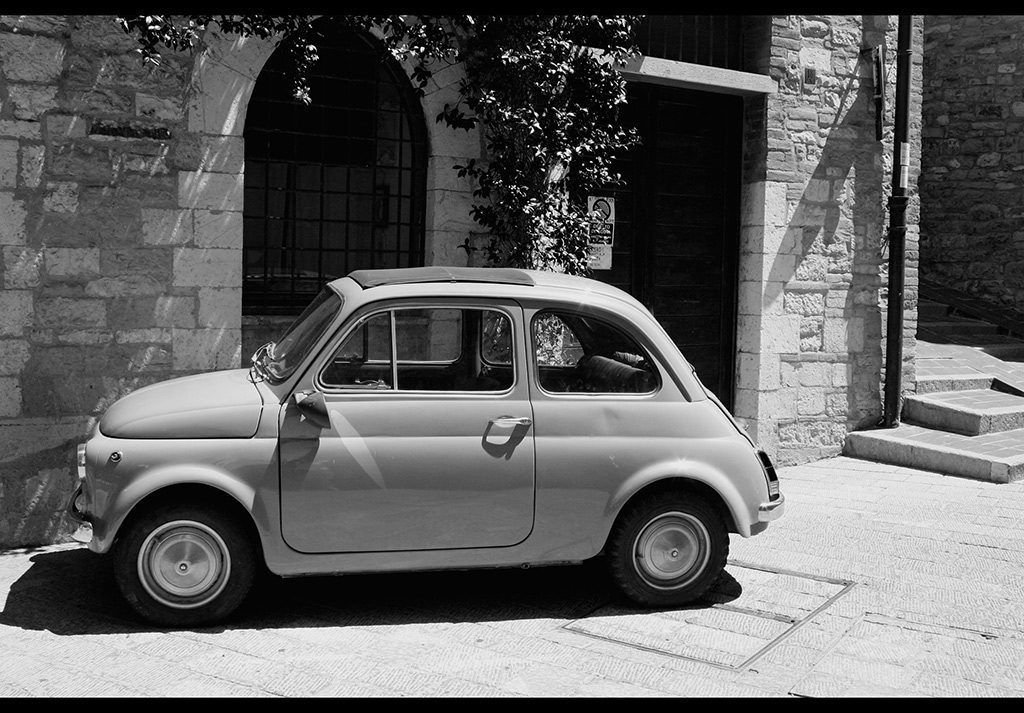
The new Fiat 500 as status symbol
The development of small cars in particular encouraged research into the production of production cars. The result was acar that was revolutionary due to its simple design and compact dimensions as well as its competitive price.
The New Fiat 500 embodied this epochal transition, becoming a true status symbol, a symbol of rebirth after the war years.
The Fiat Style Centre
Another very important step was to entrust the characterisation of the car to the design of the bodywork. In 1958, the Centro Stile Fiat was born on the model of General Motors‘ Styling Section.
The first Fiat Style Centre, conceived as an autonomous organisation, was framed within the organisation of the Direzione Superiore Tecnica Autoveicoli and answered directly to engineer Dante Giacosa.
The organisation of the Fiat Style Centre
Around eighty people, divided into eight sections, worked there to shape the bodywork of the small car. The Centro Stile Fiat comprised a stylists ‘ and draughtsmen’s office, the plasticine and plaster modelling department, the carpentry department, to which was later added the plate beating, assembly and welding department. The paint shop and saddlery department completed the section.
During the early years, the Centre also availed itself of the advice of coachbuilder Mario Felice Boano, and also became a training ground for some of the most famous car designers of the time, including Fabio Luigi Rapi and Giorgetto Giugiaro.
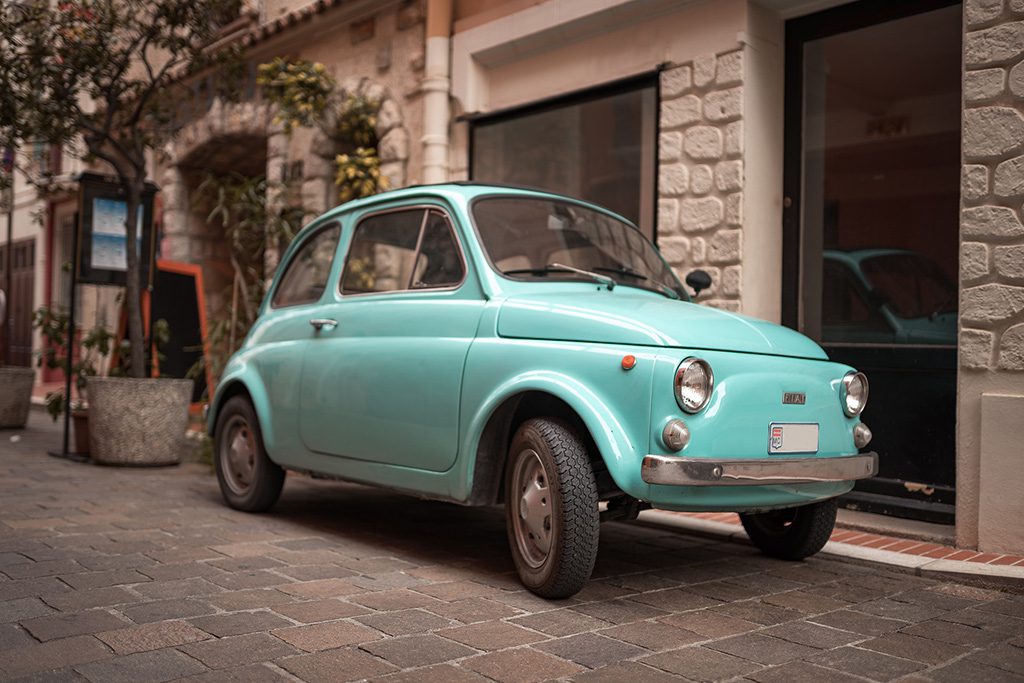
The design of the New Fiat 500
The New Fiat 500 was designed with a rear-mounted engine with 479 cubic centimetres, 13 horsepower and a top speed of 85 km per hour. The car was initially approved to seat only two passengers. This was because the rear seat was limited to a small bench seat.
Description of the New Fiat 500
The shape of the car was rounded and sinuous, as the mood of prosperity at the time dictated. A special feature of the hatchback was the sunroof, which in summer allowed the wind in the hair to be enjoyed.
The 1957 launch model offered a rather linear type of car at the relatively affordable price of 490,000 lire. At first, sales struggled to take off.
The price of the New Fiat 500
The model of the car was rather spartan and the cost a little high compared to the average worker’s salary at the time, around 40,000 lire a month. So after a few months, Fiat ran for cover, lowering the price to 465,000 liras, after making a few changes.
The rear bench seat was replaced with a homologated, padded seat to accommodate up to four people in the car. The windows became openable and the engine reached 15 horsepower.
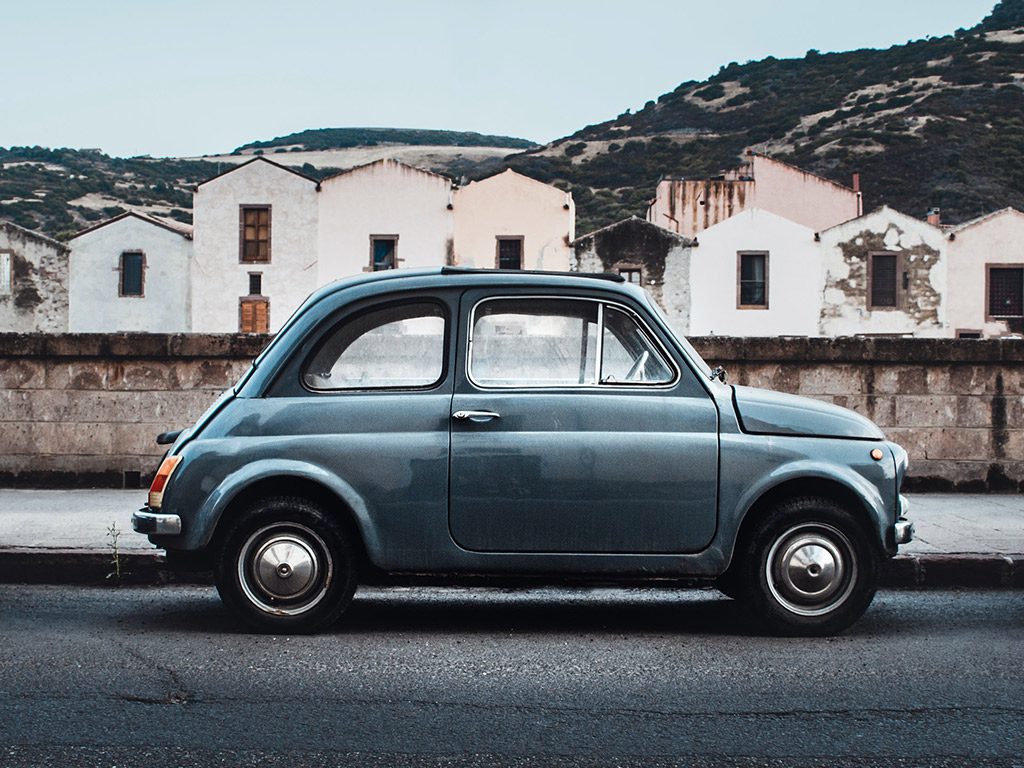
The sales boom of the New Fiat 500
By making significant changes to the interior and the engine, the New Fiat 500 managed to secure the approval of the general public, reaching a sales boom between the years 1965 and 1972. Production ended in 1975, having reached 3.6 million units.
In 2007, Fiat proposed a new edition of the 500, called the 312, in which it took over the shape of the historic model. A revamped 500 that in 2020 also became hybrid, electric and ecological, thanks to the collaboration with Kartell.
The Compasso D’Oro award
The New Fiat 500, standing out on the market for its functionality and design, won the Compasso D’Oro award in 1959, which, for the first time, rewarded a car and not other industrial products, as tradition dictated.
Display and awards for the New Fiat 500
Today, the New Fiat 500 is part of the permanent collection of the MoMA in New York, contributing to the expansion of its collection on the history of automotive design.
Over the years, the New Fiat 500 has won no less than eighty international awards, includingCar of the Year 2008, World Car Design of the Year 2009 and Best New Engine 2010.
In 2015, the New Fiat 500 was also chronicled in a book, ‘Fiat 500. The design book’, by the pen of Enrico Fagone, published by Rizzoli.
@Stiledesign. Reproduction reserved


